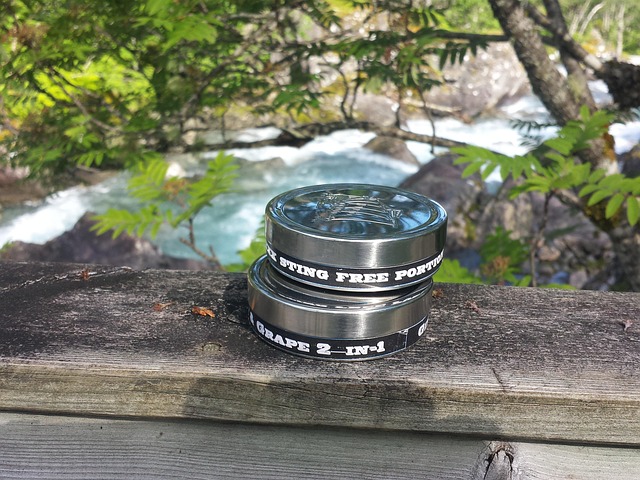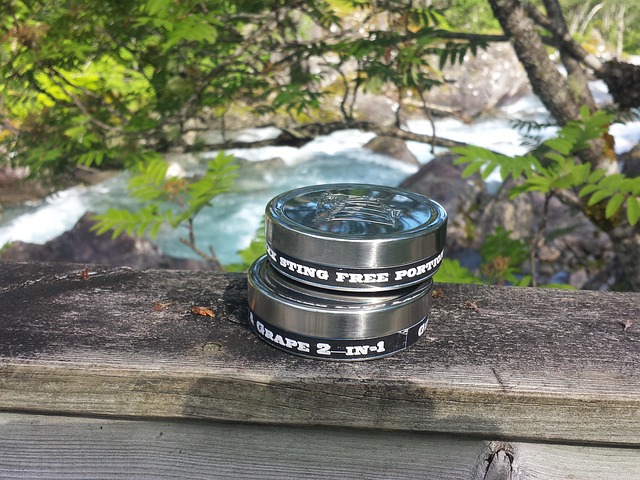San Antonio residents dealing with water damage must act swiftly. Initial steps involve containment (isolating affected areas) and cleanup (removing water, drying spaces, addressing stains/mold). Proper disposal of damaged materials is crucial for a healthier environment. Water-damaged drywall is common due to plumbing disasters and rainfall; quick action prevents further damage. Initial assessment looks for signs like peeling paint or warped walls. For minor cases, absorb excess moisture; extensive damage requires professional tools and inspection. Structural components affected by prolonged moisture must be replaced and dried thoroughly. Preventive measures include regular home inspections and quickly addressing leaks to streamline repair processes.
“San Antonio homeowners often face the challenge of water-damaged properties, requiring prompt action for effective containment and cleanup. This article guides residents through essential water mitigation steps, focusing on the initial containment and restoration process. We’ll explore ‘Understanding Water Mitigation: The First Steps’ to ensure a swift recovery. Additionally, we provide practical tips for repairing water-damaged drywall and offer preventive measures to streamline the restoration process. Get ready to tackle these common issues with expert advice tailored for San Antonio residents.”
- Understanding Water Mitigation: The First Steps in Containment and Cleanup
- Drywall Repair Tips for Water-Damaged Homes in San Antonio
- Preventive Measures: Ensuring a Faster and More Efficient Restoration Process
Understanding Water Mitigation: The First Steps in Containment and Cleanup

When faced with water damage, especially in homes like those of San Antonio residents, understanding the initial steps of water mitigation is crucial. The first step is containment, which involves preventing the spread of moisture and water to other areas. This critical phase requires quick action to isolate the affected zone using barriers and temporary repairs. For example, moving furniture away from walls and using plastic sheeting to cover floors and adjacent drywalls can help contain the damage.
The subsequent step is cleanup, focusing on removing water and drying out the area thoroughly. Water-damaged drywall repair tips for San Antonio residents include using fans and dehumidifiers to expedite drying and addressing any visible water stains or mold growth promptly. Proper disposal of damaged materials and decontamination ensure a healthier environment post-cleanup.
Drywall Repair Tips for Water-Damaged Homes in San Antonio

Water-damaged drywall is a common concern for San Antonio residents facing plumbing disasters or heavy rainfall. Prompt action is crucial to mitigate further damage and ensure a swift recovery. The first step in repairing water-damaged drywall involves assessing the extent of the damage. Look for signs like peeling paint, warped walls, or visible water stains, especially along joints and corners. If the damage is minimal, you can try absorbing excess moisture with towels and using a hairdryer to speed up drying.
For more extensive water-damaged drywall repair tips for San Antonio residents, consider hiring professionals equipped with specialized tools. They will thoroughly inspect the affected area, remove damaged drywall, and use dehumidifiers to ensure complete dryness. It’s essential to replace any structural components that have deteriorated due to prolonged moisture exposure. Once dry, carefully patch and prime the repairs before applying fresh coats of paint to match the existing finish, ensuring a seamless restoration of your San Antonio home.
Preventive Measures: Ensuring a Faster and More Efficient Restoration Process

Preventive measures play a crucial role in water-damaged drywall repair, especially for San Antonio residents looking to streamline their restoration process. Regular maintenance and quick response times are key; addressing leaks or moisture issues immediately can prevent extensive damage to drywall. Homeowners should regularly inspect their homes for any signs of water intrusion, such as peeling paint or warped walls, and promptly fix any leaks from appliances, pipes, or roofs.
Implementing simple DIY water-damaged drywall repair tips can also help residents prepare for potential disasters. This includes keeping an emergency kit stocked with items like plastic sheeting, fans, dehumidifiers, and cleaning supplies. By taking these preventive steps, San Antonio residents can ensure that when water damage does occur, the restoration process is faster, more efficient, and ultimately less stressful.
In conclusion, effective water mitigation, containment, and cleanup are essential for San Antonio residents dealing with water-damaged drywall. By understanding the initial steps of mitigation, implementing preventive measures, and utilizing expert repair tips, homeowners can significantly enhance their restoration process efficiency. These strategies not only expedite recovery but also safeguard properties and health, ensuring a smoother transition back to normalcy.
